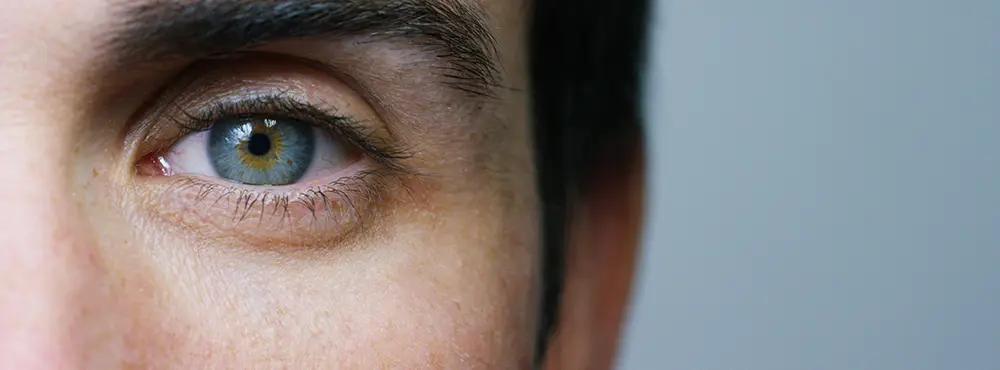Adie pupil is a neurological condition where the nerves supplying the muscles to constrict the pupil are affected. These nerves form part of the autonomic nervous system, the “autopilot” nervous system, rather than motor/sensation, and are responsible for involuntary actions such as controlling heart rate and digestion. In this article, we will talk about the underlying causes, symptoms and signs for Adie’s pupil.
What is adie’s pupil?
Adie’s pupil is where one eye’s pupil tends to be larger than the other and slower to constrict under bright light. It is sometimes along with a loss of deep tendon reflexes (Homes Adie’s syndrome). It may be caused following a viral infection affecting the nerve cells that supply the pupillary muscles
What causes adie's pupil?
The exact mechanism of viral damage for adie’s pupil (or holmes-adie syndrome) is not fully understood. However, it is believed to be related to damage or dysfunction in the nerve cells connecting the brain to the muscles within the iris. This damage may result from various factors, including:
- Infections: in some cases, a viral or bacterial infection might lead to nerve cell damage
- An autoimmune disease in which your body’s immune system attacks its healthy tissues, including the nerves that control the pupil
Despite ongoing research, the specific triggers and mechanisms behind adie's pupil remain subjects of investigation.
Symptoms of adie’s pupil
The commonly observed symptoms of adie’s pupil can include the following:
- One pupil that is larger than the other
- A pupil that fails to get smaller in bright light conditions
- Blurry vision
- Light sensitivity
- Difficulty focusing on tasks involving nearby vision such as reading a book where the pupil takes time to constrict
- A slightly oval and distorted pupil
- Sometimes, adie’s pupil can have the opposite effect, whereas the pupil fails to dilate (widen) in darker conditions.
There are also a couple of non-eye-related symptoms that one may experience with Adie’s pupil. These include:
- Poor deep tendon reflexes (ie a lack of involuntary reflex muscle contractions)
- `A lack of sweating (Ross syndrome)
Diagnosis of adie’s pupil
Consult your eye doctor, who will conduct a comprehensive eye test to diagnose adie’s pupil. You might expect your eye doctor to shine a torch into your eyes to test the pupil’s reactions and investigate to find out when the symptoms are noticeable.
You may also be prescribed eye drops to try and locate the whereabouts of the nerve pathway where the problems are occurring. – pilocarpine, a drug causing pupil constriction, at a very low concentration will not cause pupil constriction in a normal pupil, but will do in an Adie’s pupil due to supersensitivity
How do you treat adie’s pupil?
Treatment for adie’s pupil usually involves:
Adie’s syndrome treatments vary from person to person, depending on the adversity of the condition.
Does adie’s Pupil go away?
Adie’s pupil can take a few months to go away. However, in some cases a pupil size imbalance may remain. Nevertheless, this condition is not life-threatening.
Is adie's pupil serious?
Adie's pupil is not considered a fatal eye condition, indicating that it poses no serious or harmful threats. Complications associated with this condition are rare and primarily limited to the symptoms.
Quick links:
A guide to light sensitivity
A guide to Strabismus
Disclaimer: The advice in this article is for informational purposes only and does not replace medical care or an in-person check-up. Please check with an eyecare professional before purchasing any products or remedies. For information on our article review process, please refer to our Editorial Policy.

 Offers
Offers Account
Account
 Favorite
Favorite
 Basket
Basket

 OFFERS
OFFERS















